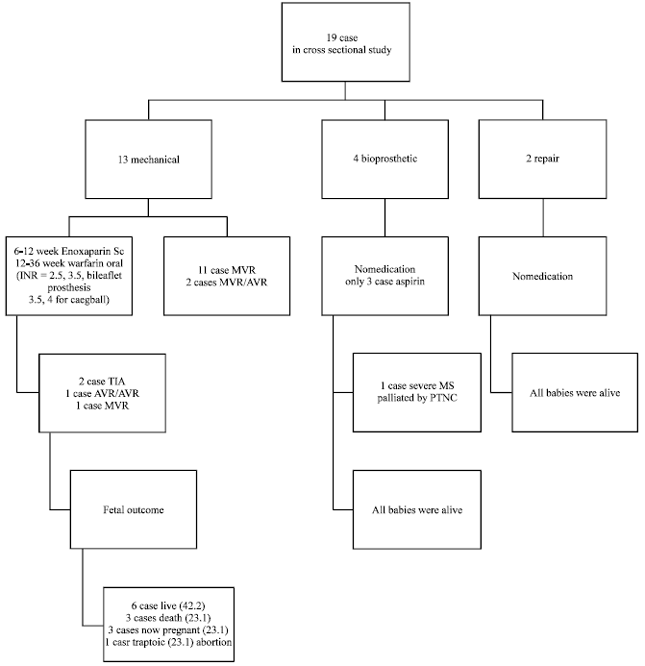Research Article
Pregnancy in Mothers with Prosthetic Heart Valves
Tabriz University of Medical Sciences, Tabriz, Iran
Simin Taghavi
Tabriz University of Medical Sciences, Tabriz, Iran
Shahla Imani
Tabriz University of Medical Sciences, Tabriz, Iran
Mohamad Goldust
Tabriz University of Medical Sciences, Tabriz, Iran










